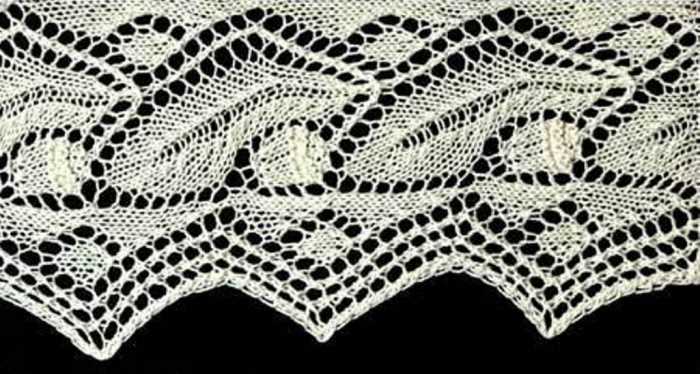
Knitting has been a beloved craft for centuries, and one of the most intricate and beautiful techniques is Victorian lace knitting. This style of knitting originated in the Victorian era, which spanned from the 1830s to the early 1900s. Victorian lace knitting patterns are known for their delicate, ornate designs and attention to detail.
What sets Victorian lace knitting apart from other knitting styles is the use of fine, lightweight yarn and small knitting needles. This allows for the creation of intricate lace motifs, such as floral motifs, scalloped edges, and intricate stitch patterns. The end result is a delicate and ethereal fabric that is perfect for shawls, doilies, and other decorative items.
Victorian lace knitting patterns often incorporate a variety of stitches, including yarn overs, decreases, and increases, to create the intricate lace motifs. These stitches, when combined in different ways, create the beautiful lace patterns that are characteristic of Victorian lace knitting. Though these patterns may appear complicated, they can be easily mastered with practice and patience.
Victorian Lace Knitting Patterns
The Victorian era, which spanned from 1837 to 1901, was a time of elegance and intricate design. One of the popular crafts during this period was lace knitting, where patterns were created using fine yarn and delicate stitches. Victorian lace knitting patterns are known for their intricacy and beauty, and they continue to captivate knitters today.
Victorian lace knitting patterns often feature a variety of motifs and stitches, such as leaves, flowers, and geometric designs. These patterns were often used to create lovely shawls, doilies, and other decorative items. The use of fine yarns, such as lace weight or fingering weight, allowed for the creation of intricate lacework with a delicate and light feel.
One of the most iconic Victorian lace knitting patterns is the “feather and fan” stitch. This pattern features alternating sections of openwork and solid stitching, creating a wave-like effect that resembles the shape of feathers. The feather and fan stitch was commonly used in shawls and scarves and is still popular among knitters today.
Another popular Victorian lace knitting pattern is the “diamond lace” stitch. This pattern features a series of diamonds created by a combination of yarn-overs and decreases. The diamond lace pattern can be used to create beautiful shawls, socks, or even sweaters. Its elegant and timeless design adds a touch of Victorian charm to any knitted project.
Victorian lace knitting patterns require attention to detail and patience, as they often involve complex stitch combinations and intricate charts. However, the end result is worth the effort, as these patterns create breathtakingly beautiful pieces that showcase the artistry and craftsmanship of the Victorian era.
The History of Victorian Lace Knitting
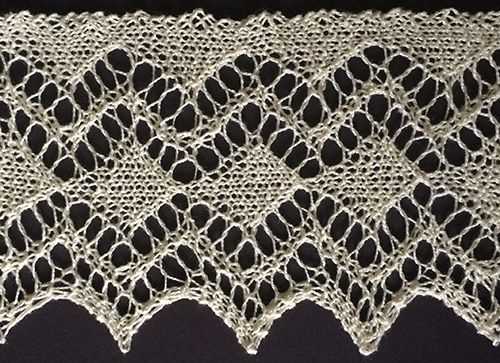
The art of lace knitting has a long and rich history, with its roots dating back to the Victorian era in the 19th century. During this time, lace knitting became extremely popular among women of all social classes, as it allowed them to create intricate and delicate patterns using only a pair of knitting needles and fine yarn.
One of the key characteristics of Victorian lace knitting is its intricate and delicate designs. Lace patterns were often inspired by nature, with motifs such as leaves, flowers, and vines being commonly used. These patterns were created using a combination of different knitting stitches, such as yarn overs, decreases, and increases, to create the openwork lace effect that is characteristic of Victorian lace knitting.
Victorian lace knitting was not only a hobby for women during this time, but it also became a way for them to showcase their skills and creativity. Knitting patterns and instruction books were published, allowing women to learn new lace knitting techniques and create their own unique designs. These patterns often featured detailed charts and diagrams, which helped knitters navigate the complex lace patterns.
One of the most famous Victorian lace knitting patterns is the Shetland shawl, which originated from the Shetland Islands in Scotland. These shawls were intricately designed with lace patterns that showcased the knitter’s skill and attention to detail. The shawls were often made with fine wool or silk yarn, and they were treasured as heirlooms and passed down through generations.
In recent years, there has been a resurgence of interest in Victorian lace knitting, with modern knitters adapting and reinventing these historical patterns. Knitters today can find a wealth of Victorian lace knitting patterns, both in vintage pattern books and online resources. By keeping the tradition of Victorian lace knitting alive, contemporary knitters are able to create beautiful and timeless lace pieces that pay homage to the rich history of this art form.
Characteristics of Victorian Lace Knitting Patterns
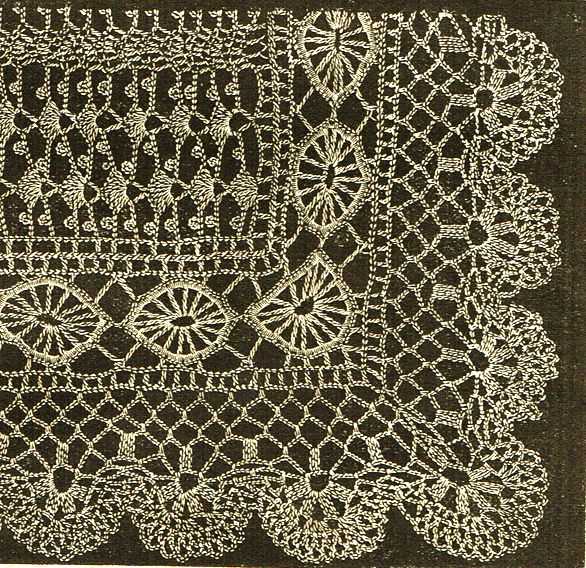
The Victorian era was known for its intricate and delicate lacework, and knitting was no exception. Victorian lace knitting patterns are characterized by their fine details, intricate designs, and delicate motifs. These patterns often feature various lace stitches, such as yarn overs, decreases, and bobbles, which create the lacy and airy texture that is characteristic of Victorian lace.
Intricate Designs: Victorian lace knitting patterns are known for their intricacy. They often include complex stitch patterns and motifs, such as floral designs, leaves, and geometric shapes. These detailed designs require precision and attention to detail, making Victorian lace knitting patterns a challenge for advanced knitters.
Fine Details: Victorian lace knitting patterns are all about the finer details. These patterns often feature small, delicate stitches that add texture and depth to the overall design. The use of fine yarns, such as lace weight or fingering weight, further enhances the intricate details of the lacework.
Delicate Motifs: Victorian lace knitting patterns often incorporate delicate motifs inspired by nature and architecture. Common motifs include flowers, leaves, and intricate lace borders. These motifs add a touch of elegance and femininity to the finished project, making Victorian lace knitting patterns popular for creating heirloom pieces or special occasion accessories.
Attention to Gauge: Victorian lace knitting patterns require careful attention to gauge. Achieving the correct gauge is essential to ensure that the lacework has the desired drape and appearance. Therefore, it is important for knitters to swatch and block their gauge before starting a project using Victorian lace knitting patterns.
Timeless Beauty: The beauty of Victorian lace knitting patterns is timeless. While they originated during the Victorian era, these intricate lace designs continue to be cherished and admired today. Whether used to create shawls, scarves, or delicate garment details, Victorian lace knitting patterns add a touch of elegance and sophistication to any project.
Popular Victorian Lace Knitting Stitches
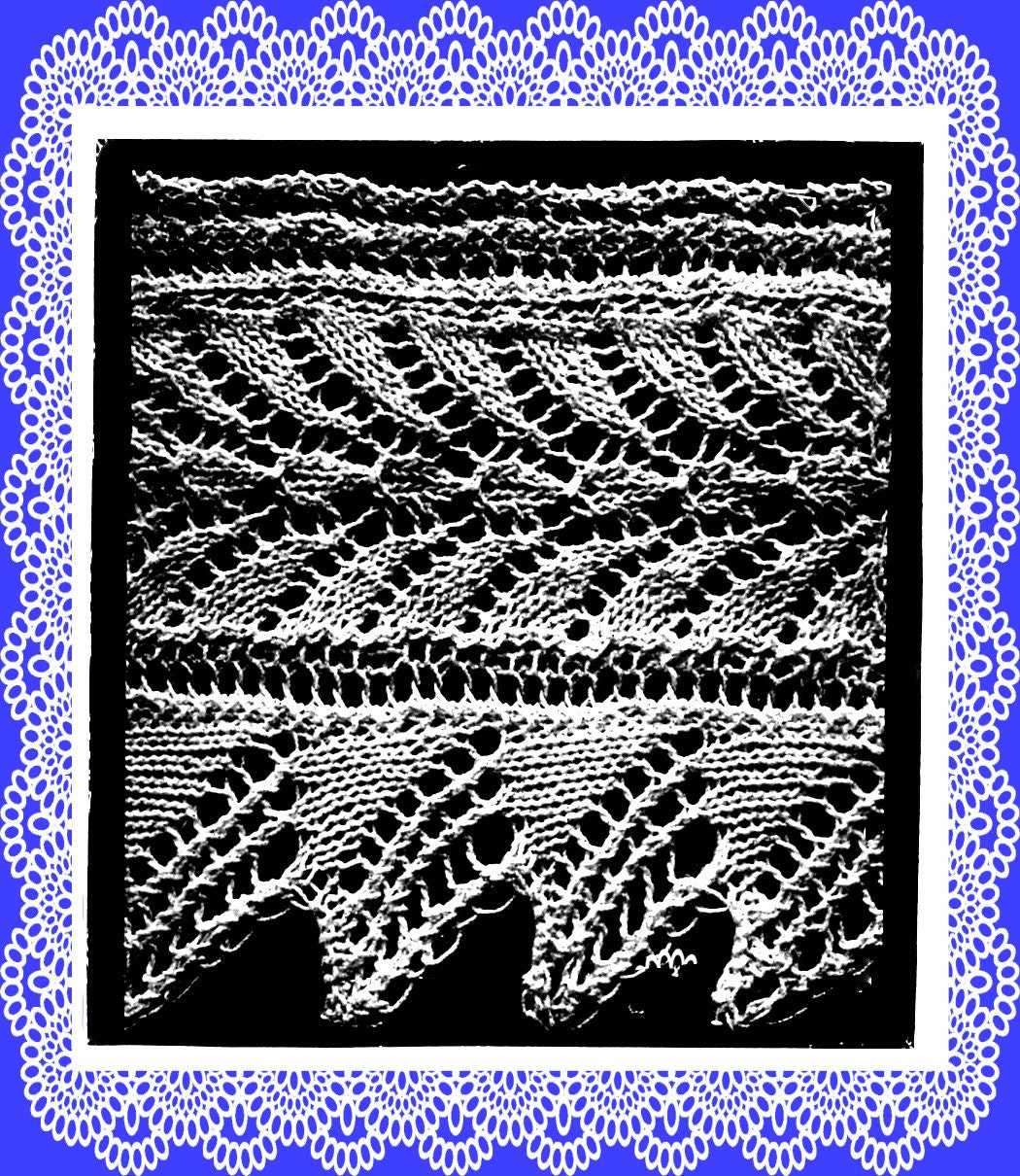
Victorian lace knitting is known for its intricate and delicate patterns that were popular during the Victorian era. These lace knitting stitches were often used to create beautiful shawls, scarves, and doilies. Here are some of the popular Victorian lace knitting stitches:
1. Feather and Fan Stitch
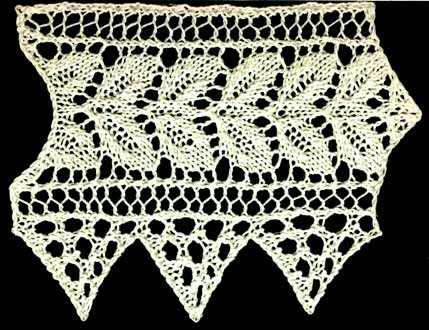
The feather and fan stitch is a classic Victorian lace knitting stitch that creates a wavy and scalloped pattern. It is created by alternating increases and decreases in a specific sequence, creating the illusion of delicate feathers. This stitch is often used to create elegant shawls and blankets.
2. Diamond Lace Stitch
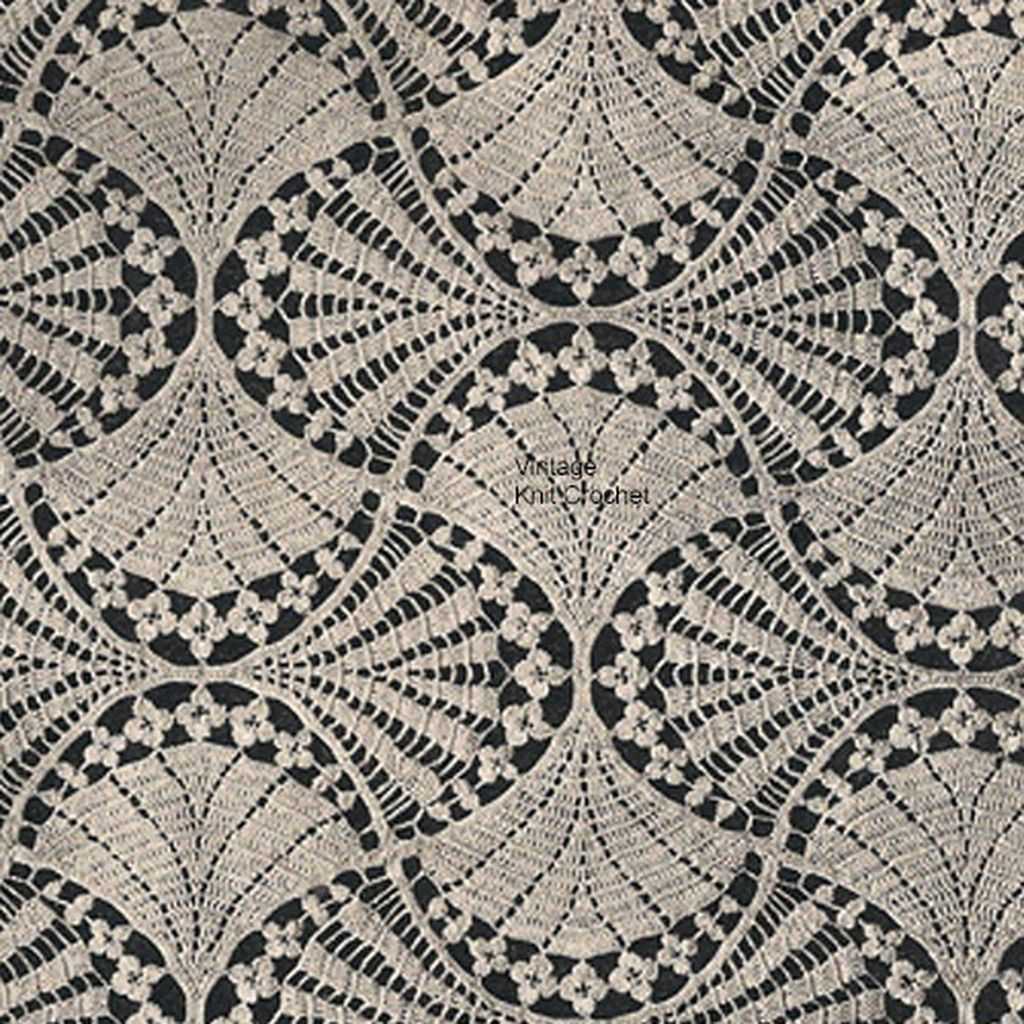
The diamond lace stitch is another popular Victorian lace knitting stitch that creates a symmetrical diamond pattern. It involves knitting yarn overs, decreases, and knit stitches in a specific sequence to create the intricate pattern. This stitch is often used to create beautiful doilies and tablecloths.
3. Candlelight Lace Stitch
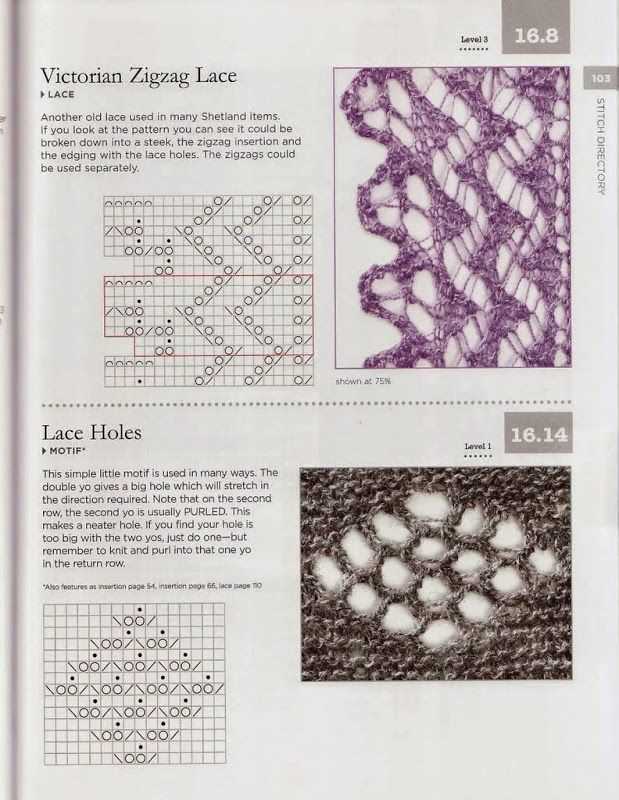
The candlelight lace stitch is a delicate and intricate lace knitting stitch that resembles flickering candle flames. It involves knitting yarn overs, decreases, and purl stitches in a specific sequence to create the illusion of candlelight. This stitch is often used to create elegant scarves and wraps.
4. Spiderweb Lace Stitch
The spiderweb lace stitch is a complex and stunning Victorian lace knitting stitch that resembles a spiderweb. It involves knitting yarn overs, decreases, and knit stitches in a specific sequence to create the intricate pattern. This stitch is often used to create show-stopping shawls and wraps.
These are just a few examples of the popular Victorian lace knitting stitches. Each stitch requires attention to detail and patience, but the end result is always worth the effort. Whether you’re a beginner or an experienced knitter, exploring these stitches allows you to add a touch of Victorian elegance to your knitting projects.
Tips for Choosing Victorian Lace Knitting Patterns
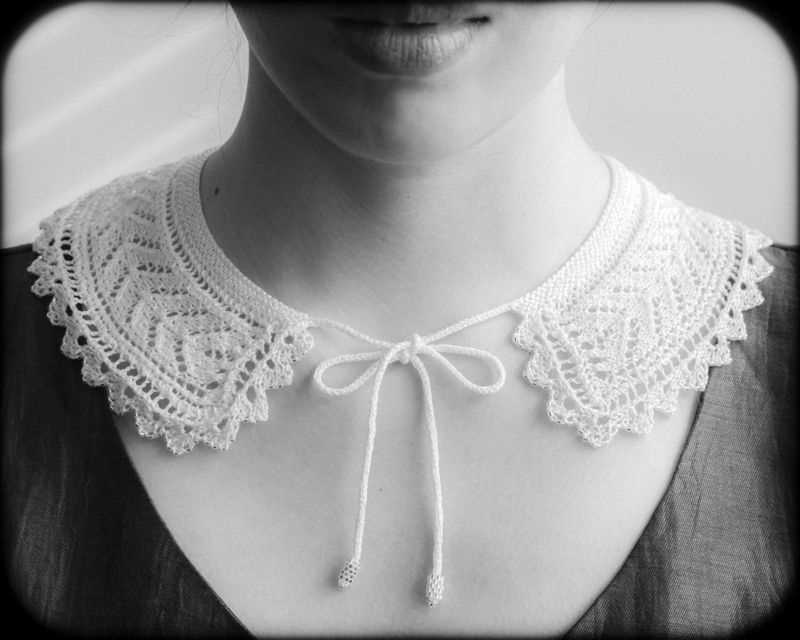
If you’re interested in trying your hand at Victorian lace knitting patterns, there are a few tips to keep in mind to ensure you choose the right patterns for your project.
1. Consider your skill level: Victorian lace knitting can be quite intricate and complex, so it’s important to choose a pattern that matches your skill level. If you’re a beginner, look for simpler patterns with fewer intricate stitches and motifs. Intermediate and advanced knitters can challenge themselves with more intricate patterns.
2. Research historical designs: Victorian lace knitting patterns are inspired by designs from the Victorian era, so take some time to research and familiarize yourself with the styles and motifs popular during that time period. Look for patterns that capture the essence of Victorian lace, such as delicate florals, geometric shapes, and intricate borders.
3. Consider the final product: Think about what you want to create with your Victorian lace knitting. Do you want to knit a scarf, shawl, or a tablecloth? Consider the size, shape, and function of your desired final product, and look for patterns that fit those specifications.
4. Choose the right yarn: The yarn you choose can greatly impact the final look and feel of your Victorian lace project. Opt for a lightweight yarn that has good stitch definition to showcase the intricate lace details. Mohair or silk blends are popular choices for Victorian lace knitting.
5. Take advantage of online resources: There are many online resources available that offer a wide range of Victorian lace knitting patterns. Websites, forums, and knitting blogs are great places to find patterns, get inspiration, and connect with other lace knitters. Explore different sources and bookmark your favorite patterns for future reference.
By keeping these tips in mind, you’ll be able to choose Victorian lace knitting patterns that match your skill level, capture the essence of the era, and create beautiful lace projects.
How to Read and Follow Victorian Lace Knitting Charts
Victorian lace knitting is known for its intricate and delicate patterns, which can be both challenging and rewarding to work on. One important skill to master when knitting Victorian lace is the ability to read and follow lace knitting charts. Unlike written instructions, charts provide a visual representation of the pattern, making it easier to see how the stitches and symbols interact.
When reading a Victorian lace knitting chart, start by familiarizing yourself with the key or legend. The key will explain the symbols used in the chart and what each symbol represents. Common symbols in lace charts include yarn overs, decreases, and different types of stitches. Understanding the symbols and their meanings will help you decipher the chart and determine which stitches to knit or purl.
Once you understand the key, it’s time to start following the chart. Charts are typically read from right to left for right-side rows, and from left to right for wrong-side rows. The chart will usually indicate which row is a right-side row and which is a wrong-side row. When knitting lace, it’s important to keep track of your rows and make sure you’re working the correct row of the chart, as lace patterns often involve different stitch combinations on different rows.
In addition to the symbols, Victorian lace knitting charts may also include numbers. These numbers indicate the stitch counts at the end of each row. Keeping track of the stitch counts will help you ensure that you’re on the right track and that your lace pattern is coming out correctly. If the stitch count doesn’t match up with the chart, it’s an indication that you may have made a mistake and need to double-check your work.
Reading and following Victorian lace knitting charts may seem intimidating at first, but with practice and patience, it becomes easier. By understanding the key, paying attention to the row instructions, and keeping track of stitch counts, you’ll be able to create stunning Victorian lace projects with confidence.
Understanding Gauge in Victorian Lace Knitting
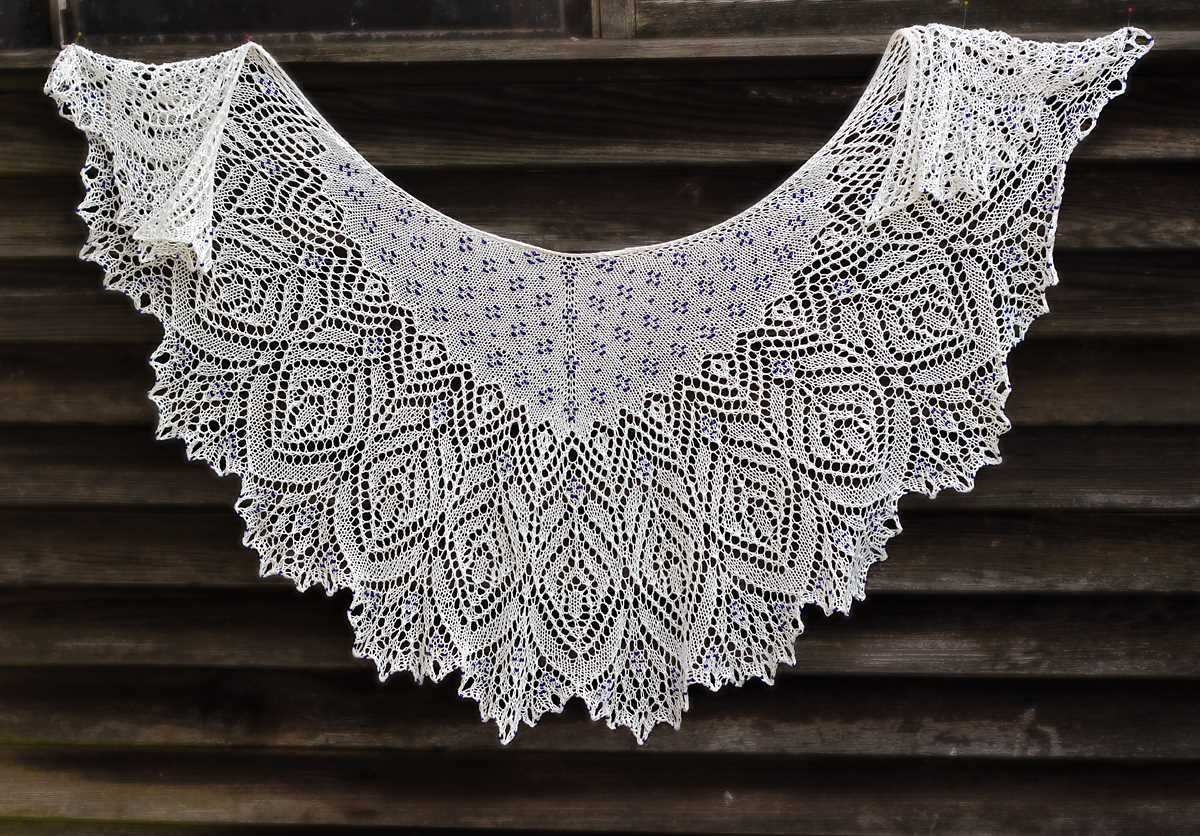
Gauge is a crucial aspect of Victorian lace knitting, as it determines how the final piece will turn out. Many antique patterns from the Victorian era are written with a specific gauge in mind, and following this gauge is important for achieving the desired size and appearance. In Victorian lace knitting, gauge refers to the number of stitches and rows per inch in the knitted fabric.
Calculating gauge in Victorian lace knitting can be challenging due to the intricate lace patterns and fine yarn used. Victorian lace typically features complicated lace motifs, such as leaf and flower designs, that require precision and attention to detail. The delicate nature of the lace often means using fine yarns, which can further complicate gauge calculations. To ensure accurate gauge, it is essential to use the recommended yarn weight and needle size specified in the pattern.
When working on a Victorian lace knitting project, it is recommended to make a swatch to measure gauge before starting the main piece. This involves knitting a small sample of the lace pattern using the recommended yarn and needle size. The swatch is then blocked and measured to determine the number of stitches and rows per inch. If the gauge does not match the pattern’s gauge, adjustments can be made by changing the needle size or adjusting tension.
An accurate gauge is crucial in Victorian lace knitting as it affects the overall size and fit of the finished piece. If the gauge is too tight, the lace may appear compressed and lose its delicate lacy look. On the other hand, if the gauge is too loose, the lace may be overly stretched, resulting in a less defined pattern. Achieving the correct gauge ensures that the lace pattern retains its crispness and elegance.
Overall, understanding and achieving the correct gauge is essential in Victorian lace knitting. It allows knitters to create delicate and intricate lace patterns while ensuring the desired size and appearance. By following recommended yarn and needle sizes, making a gauge swatch, and adjusting as necessary, knitters can successfully create beautiful Victorian lace pieces.
Common Mistakes to Avoid When Knitting Victorian Lace
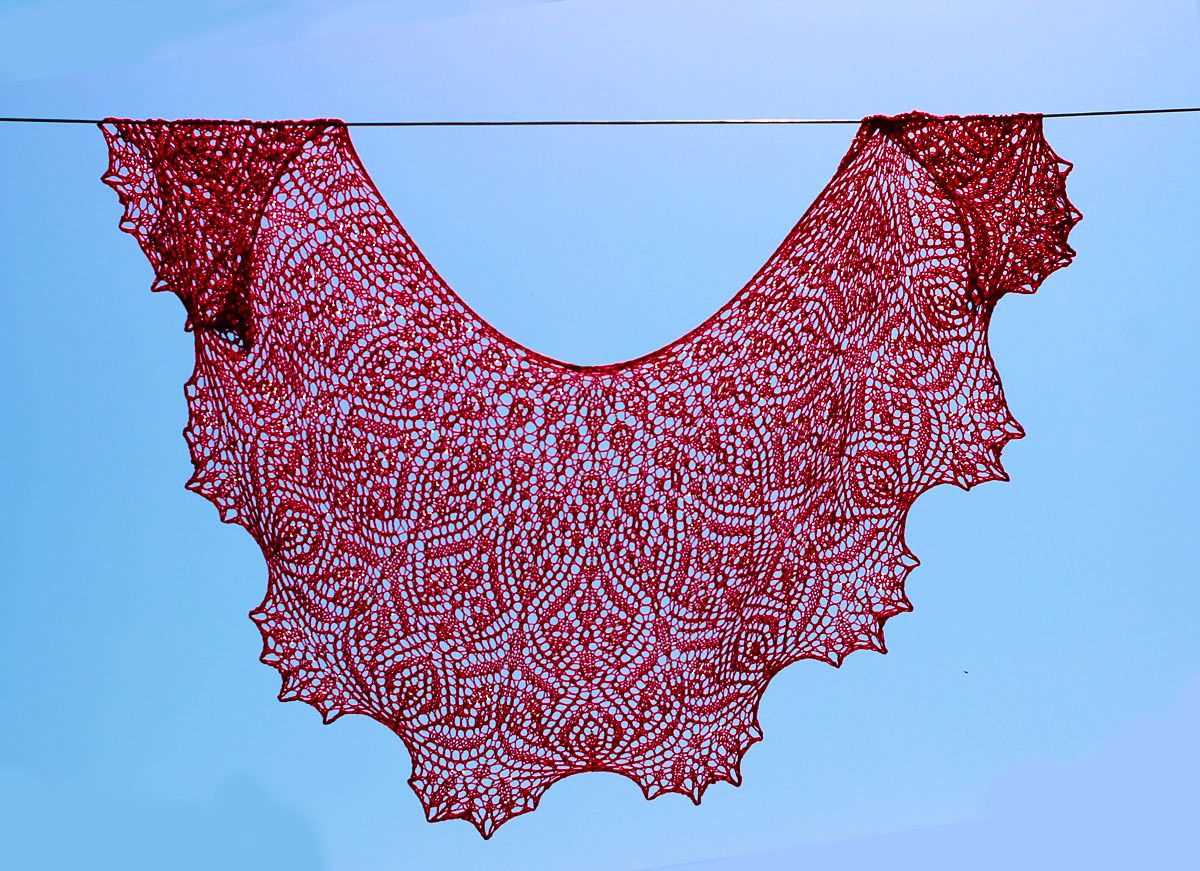
Knitting Victorian lace patterns can be a beautiful and intricate process, but it can also be quite challenging. To help ensure success with your lace knitting projects, it’s important to be aware of common mistakes that can occur and take steps to avoid them.
1. Lack of Attention to Detail
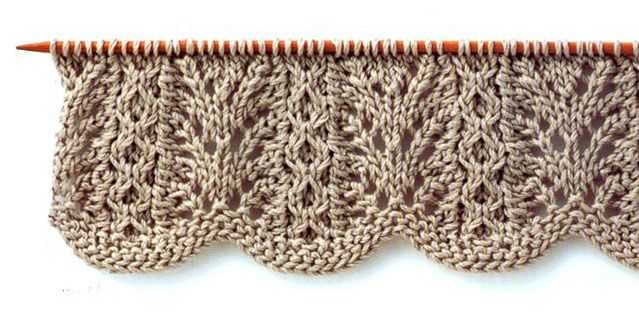
One of the most common mistakes knitters make when working on Victorian lace patterns is not paying enough attention to detail. Victorian lace often involves intricate stitch patterns and delicate motifs that require careful reading and following of the pattern. It’s important to take your time and read the instructions thoroughly before you begin. Make sure you understand each stitch and pattern repeat before proceeding to avoid errors.
2. Inconsistent Tension
Tension plays a crucial role in lace knitting, and it’s important to maintain a consistent tension throughout your project. Inconsistent tension can result in uneven stitches and a finished piece that doesn’t look as intended. To avoid this mistake, it’s recommended to use a tension swatch before starting your lace project. This will help you determine the appropriate needle size and adjust your tension if necessary.
3. Pulling Yarn Too Tight
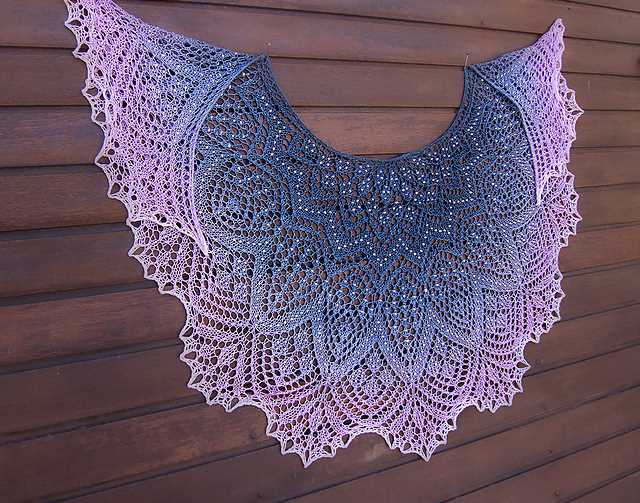
Another common mistake is pulling the yarn too tight when working on lace patterns. This can result in tight and stiff stitches that don’t showcase the delicate and airy nature of Victorian lace. It’s important to remember to keep a relaxed grip on your yarn and maintain a consistent tension. If you find yourself pulling the yarn too tight, try loosening your hold and adjusting your knitting technique to achieve a more even and open fabric.
4. Not Using Lifelines
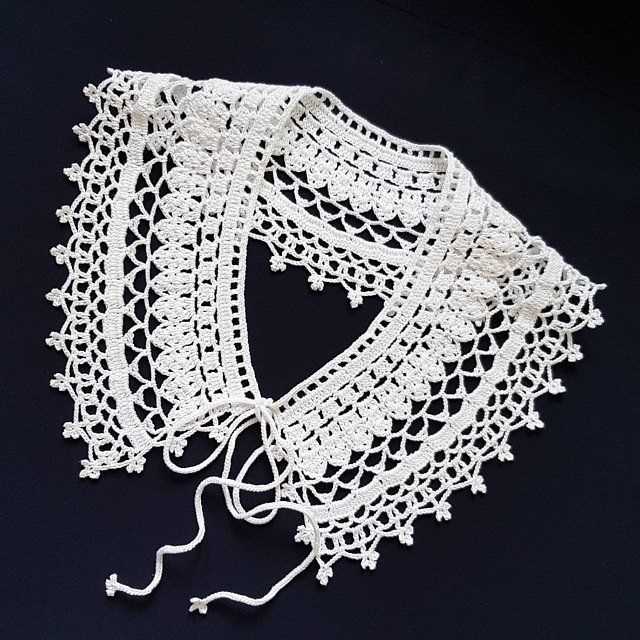
Lace knitting can be complex, and it’s easy to make mistakes that are challenging to fix. To avoid the frustration of having to unravel rows of stitches, it’s a good idea to use lifelines. Lifelines are threads of waste yarn that are inserted through a row of stitches, serving as a safety net in case you need to rip back to a specific point. By regularly inserting lifelines, you can easily go back to a known point and resume your knitting without losing progress or having to redo entire sections.
Avoiding these common mistakes will help you achieve stunning and intricate Victorian lace patterns. By paying close attention to detail, maintaining consistent tension, avoiding tight yarn pulling, and using lifelines, you’ll be well on your way to creating beautiful lace knitting projects.
Blocking Techniques for Victorian Lace Knitted Items
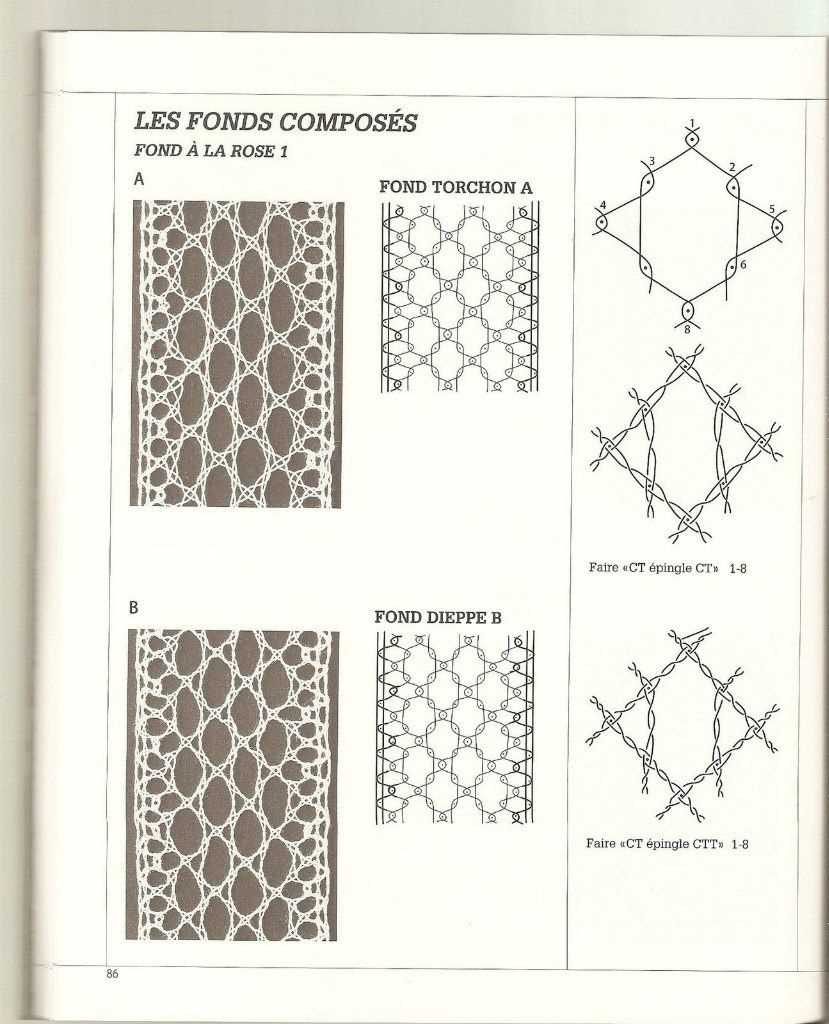
Blocking is a crucial step in the process of creating beautiful Victorian lace knitted items. It is a technique used to shape and set the lace patterns, enhancing the overall appearance of the finished piece. There are several blocking techniques that can be used, depending on the desired outcome and the fiber content of the yarn used.
Wet Blocking
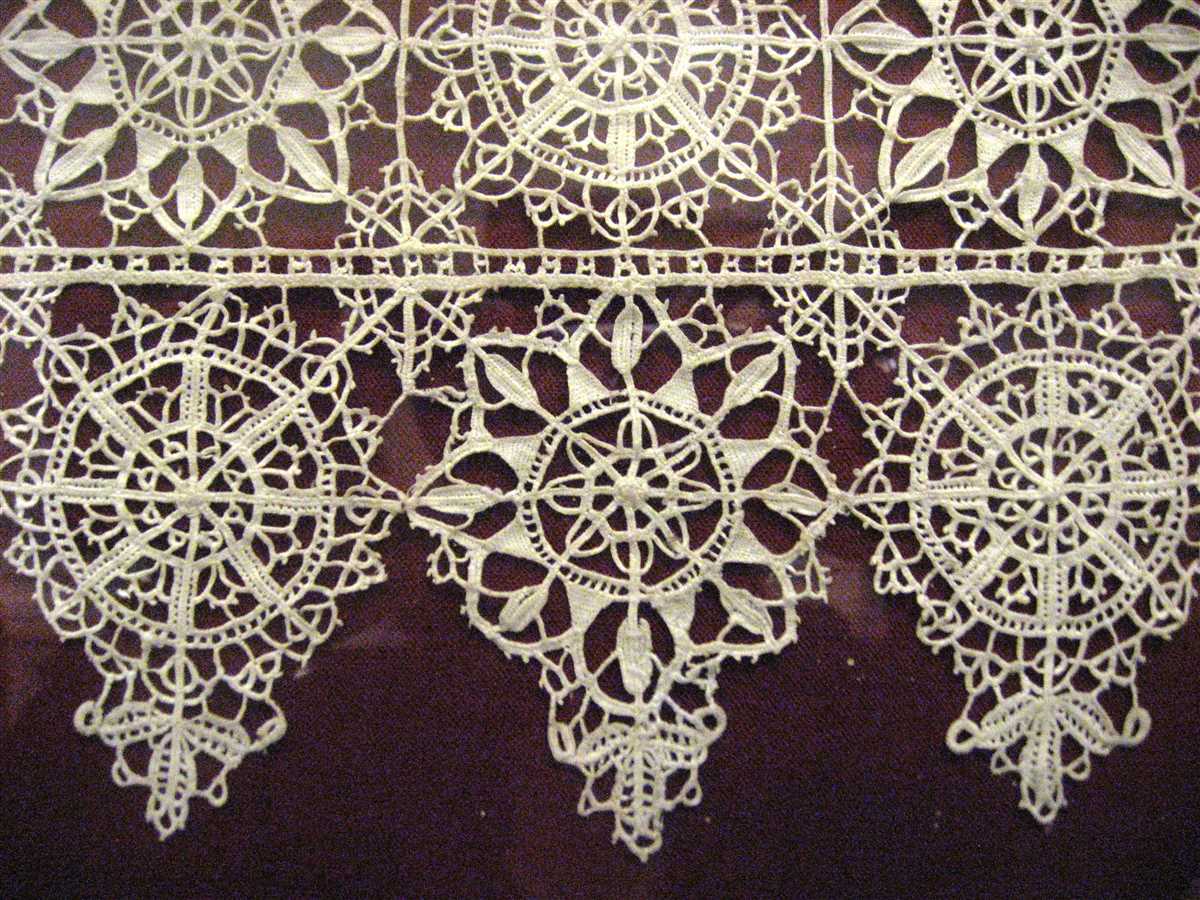
Wet blocking is the most common method used for blocking Victorian lace knitted items. It involves soaking the finished piece in lukewarm water, then gently squeezing out the excess moisture. The knitted item is then carefully stretched and pinned out on a blocking board or mat, using rustproof pins to hold it in place. The item is left to dry completely, allowing the lace pattern to open up and the stitches to relax and set.
When wet blocking lace, it is important to treat delicate fibers with care to avoid stretching or damaging the knitted item. Patting the item dry with a towel instead of wringing it out can help prevent excess stress on the fibers. Additionally, using blocking wires can provide more even tension and help maintain the shape of the lace pattern.
Steam Blocking
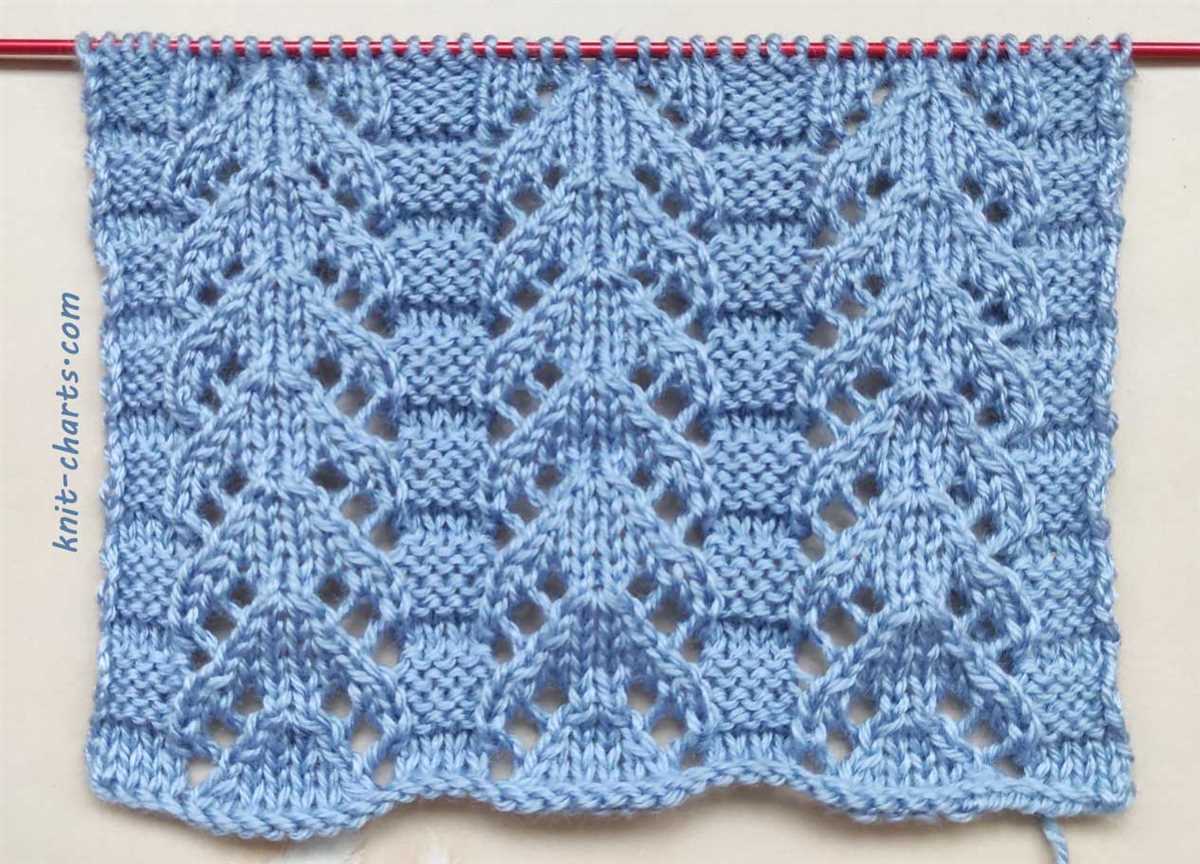
Steam blocking is another method that can be used to block Victorian lace knitted items. This technique involves using a steam iron or a garment steamer to gently apply steam to the knitted piece. The steam helps to relax the fibers, allowing the lace pattern to open up and the stitches to set. The item is then carefully stretched and pinned out on a blocking board or mat, similar to wet blocking, and left to dry completely.
When steam blocking, it is important to hold the steam source a few inches away from the knitted item to avoid direct contact, as this can cause the fibers to become too hot and potentially damage them. It is also important to consider the fiber content of the yarn used, as some fibers, such as wool, are more prone to stretching when exposed to heat.
In conclusion, blocking plays a vital role in achieving the desired look and drape of Victorian lace knitted items. Whether using wet blocking or steam blocking, it is essential to handle the delicate fibers with care and pay attention to the specific needs of the yarn. With proper blocking techniques, lace patterns can be beautifully enhanced, resulting in stunning finished pieces.
Projects and Ideas for Victorian Lace Knitting
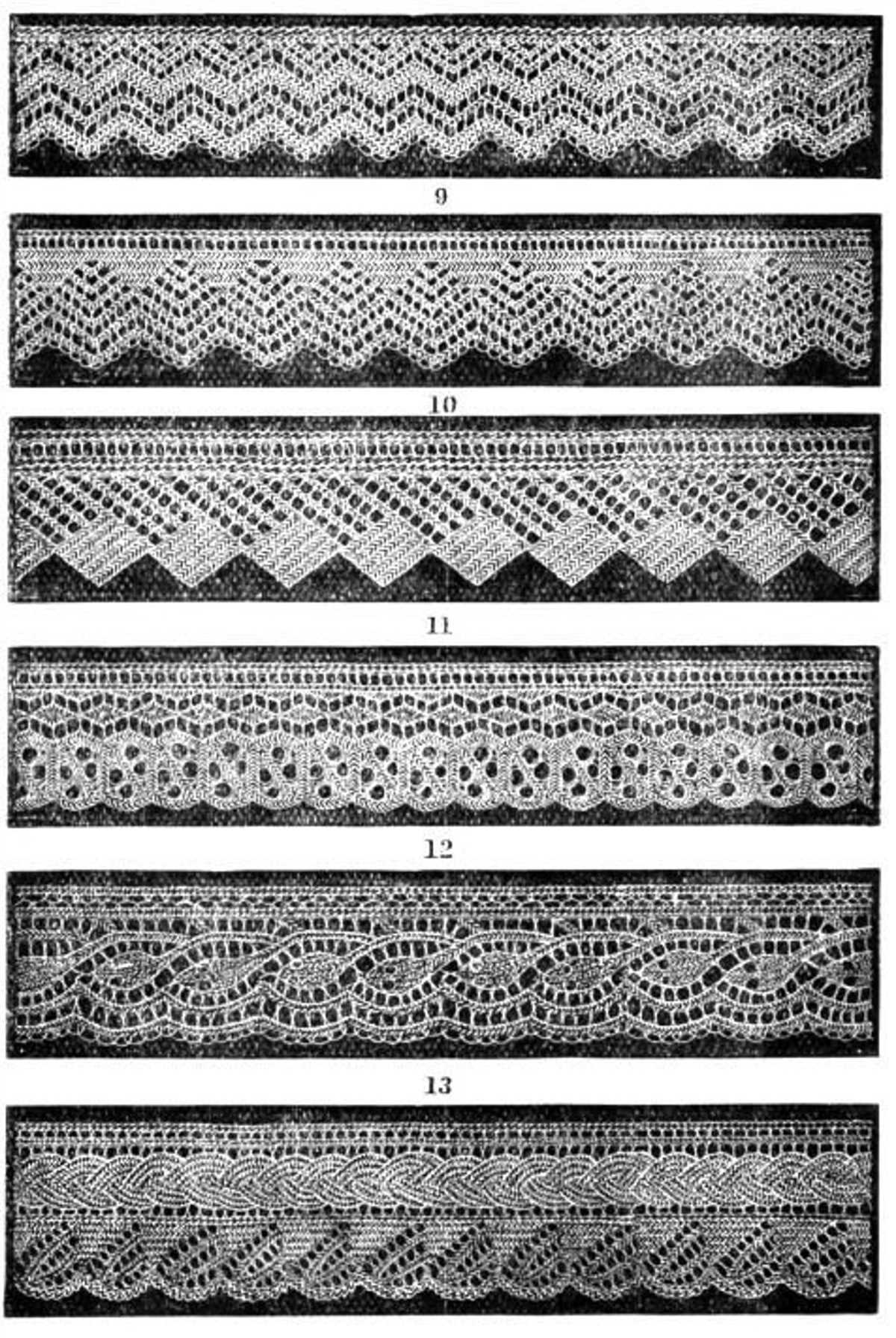
Knitting lace in the Victorian style is a beautiful and intricate craft that allows for endless creativity. Whether you are a beginner or an experienced knitter, there are countless projects and ideas that can help you explore this elegant and timeless art form.
One popular project idea is to create a delicate Victorian lace shawl. Using fine yarn and intricate lace patterns, you can knit a shawl that adds a touch of vintage charm to any outfit. The beauty of lace knitting is that there are endless pattern options to choose from, ranging from simple and repetitive stitches to more complex and challenging designs. You can also experiment with different yarn colors to create a shawl that perfectly matches your personal style.
If you’re looking for a smaller project, consider knitting a pair of Victorian lace gloves. These delicate and feminine gloves can add a touch of elegance to any outfit, whether you’re dressing up for a special occasion or simply want to add a vintage-inspired accessory to your everyday look. With their intricate lace patterns and delicate details, Victorian lace gloves are truly a labor of love to knit.
Another project idea is to knit a Victorian lace collar or collarlette. These accessories originated in the Victorian era and were often worn over dresses or blouses to add a touch of sophistication. Knitting a lace collar allows you to experiment with different lace patterns and create a unique accessory that can instantly elevate any outfit. Whether you prefer a small, dainty collar or a larger, more elaborate design, there are countless options to choose from.
For those who enjoy knitting home decor items, a Victorian lace tablecloth or doily can be a stunning project. These intricate lace designs can be displayed on a dining table or side table, adding a touch of vintage charm to any room. Knitting a lace tablecloth or doily requires patience and attention to detail, but the end result is a beautiful and heirloom-quality piece that can be treasured for generations.
Where to Find Victorian Lace Knitting Patterns Online
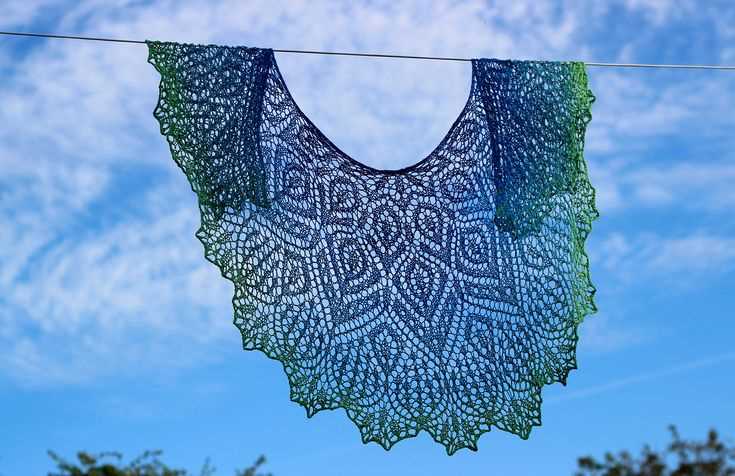
Victorian lace knitting patterns are a beautiful and intricate way to create delicate and timeless designs. If you’re interested in exploring this elegant knitting technique, there are several online resources where you can find authentic Victorian lace knitting patterns.
1. Ravelry: Ravelry is a popular online community for knitters and crocheters that offers a vast collection of patterns, including Victorian lace designs. You can search for patterns based on different criteria, such as difficulty level, yarn weight, and project type. Ravelry also provides a platform for users to connect with other knitters and share their projects.
2. Etsy: Etsy is a marketplace for handmade and vintage items, including knitting patterns. Many independent designers and vintage sellers offer a wide selection of Victorian lace knitting patterns on the platform. You can search for specific keywords or browse through the knitting pattern category to find unique and authentic designs.
3. Knitting pattern websites: There are several websites dedicated to providing knitting patterns, some of which specialize in Victorian lace designs. These websites often offer both free and paid patterns, allowing you to choose based on your budget and preferences. Some popular knitting pattern websites include LoveKnitting, Knit Picks, and Interweave.
4. Victorian knitting books: Another option is to explore Victorian knitting books, either by purchasing physical copies or accessing digital versions. Many knitting books from the Victorian era have been republished or digitized, making it possible to access authentic patterns and explore the history of this knitting tradition. You can find such books on platforms like Amazon or specialty knitting bookstores.
Overall, there are numerous online resources available for finding Victorian lace knitting patterns. Whether you prefer to browse through a community-driven platform like Ravelry, support independent designers on Etsy, explore knitting pattern websites, or dive into the rich history of Victorian knitting through books, you’re sure to discover a wealth of beautiful patterns to inspire your knitting projects.